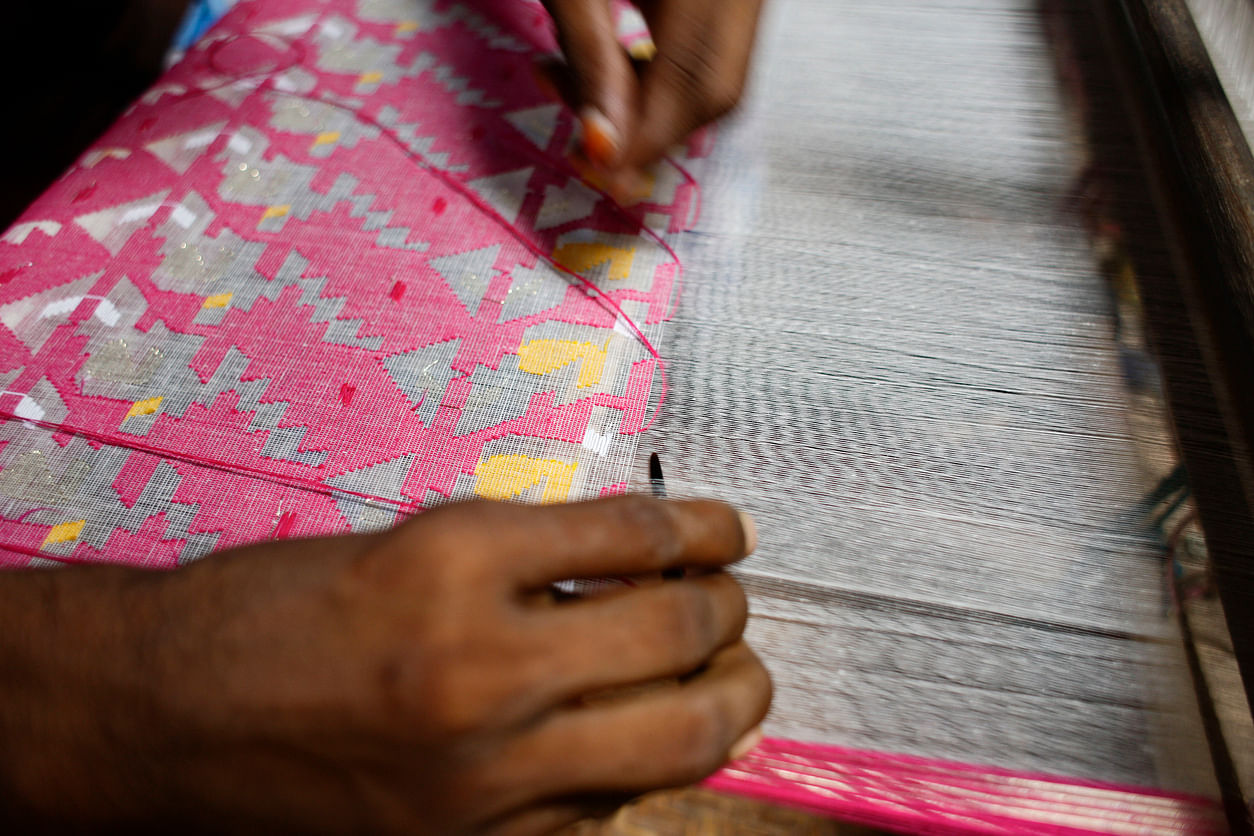
The textile industry in India is the second-largest national employer, engaging over 100 million people across the value chain from farming, fibre processing, weaving, fabric production, and final garment finishing. Indian handloom textiles are one of the oldest in the subcontinent and represent over 5000 years of historic weaving styles and traditions.
According to the Handloom Census 2019-20, over 31.45 lakh households were engaged in handloom weaving and allied activities in 2019. They employed 35,22,512 handloom workers across the country, of which 25,46,285 were women.
Challenges for the handloom sector
Handloom weaving has had to compete with cheaper and faster power loom replicas, mass-produced cotton, or synthetic products while battling for its share of markets over the years. The spread of globalisation and new production technologies has resulted in a smaller market for the low-volume, hand-woven creations of handloom weavers and artisans.
The rapidly growing trend towards fast fashion and strong competition from mechanised, mass-produced clothing threatens the survival of these traditional handicrafts.
As the size and demand for the market shrink in the trend for cheaper and competitively priced products, there has been a sustained loss of skilled artisans from the field as they migrate to other professions to make a living.
Additionally, high intermediary costs and taxes eat into the already meagre earnings of artisans. The loss of revenues from the pandemic, market slowdown and current rise in costs for raw materials is a clarion call to preserve the future of Indian handlooms.
The way forward
The Indian Government has already implemented a variety of schemes under the Ministry of Textiles to incentivise handlooms and handicraft artisans. However, in the post-pandemic market, an impetus is required to propel artisans to thrive—through government policy, corporate, institutional, and individual action.
The long-term growth of the handlooms and handicraft industry requires on-ground empowerment of artisans, enabling them to be active members of the new digital economy.
Business education plays an important role in the empowerment of artisans to strengthen their skills in digital literacy, business management, and using new tools such as social media and online marketplaces.
Further, government intervention to ensure fair pricing and ethical practices is essential to strengthening the fragile ecosystem. This ensures the cultural sustainability of some of India’s most ancient and unique traditions and furthers India’s #VocalForLocal commitment and progress towards the Sustainable Development Goals by cutting waste generated by fast fashion.
Finally, consumer awareness and education are imperative for the future of handlooms and handicrafts to ensure that consumers recognise them as a form of classical heritage and a sustainable form of fashion that should be preserved.
(Mridula Tangirala is head of Tourism and Crafts, Tata Trusts)